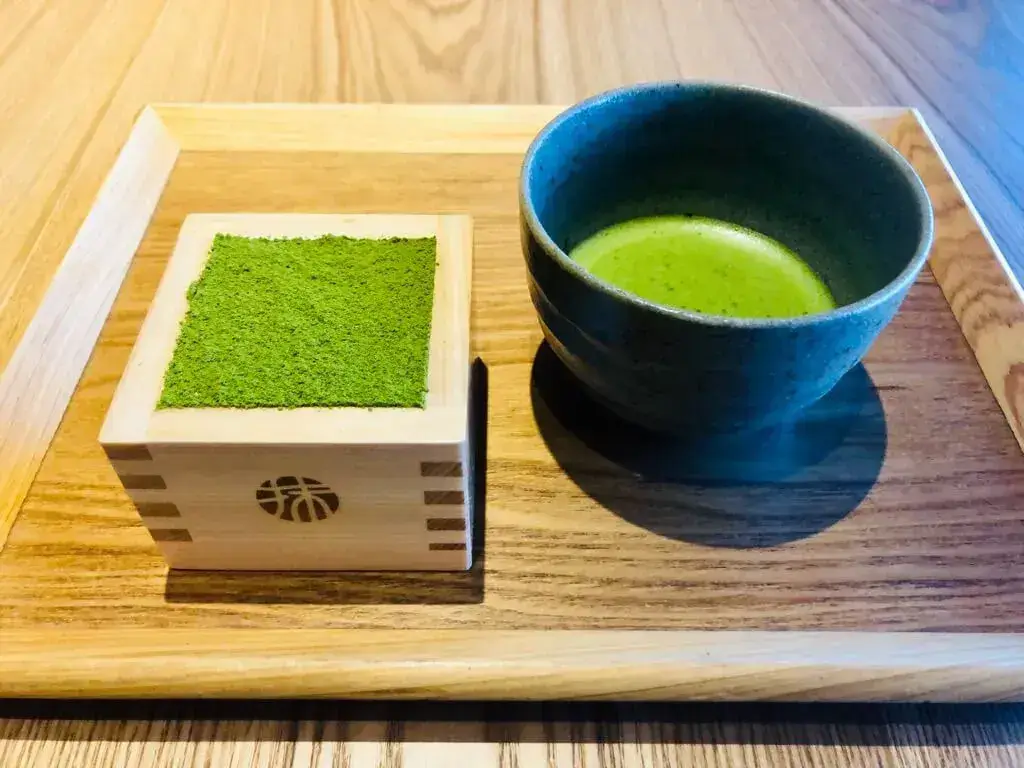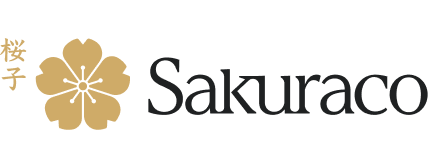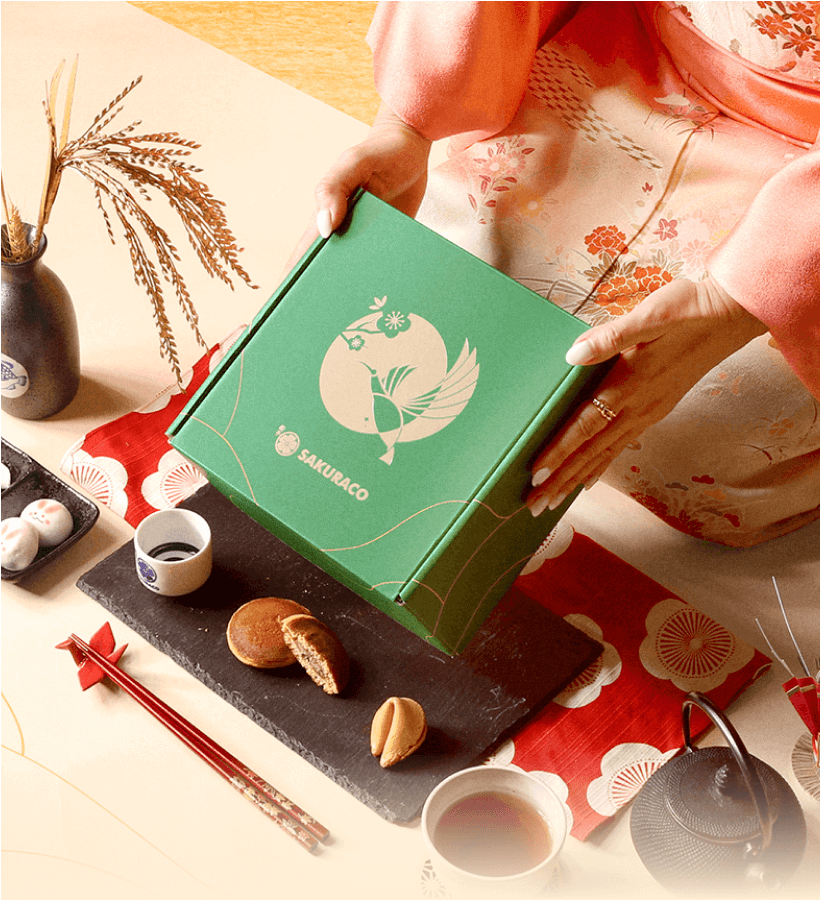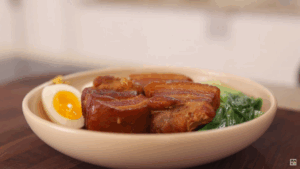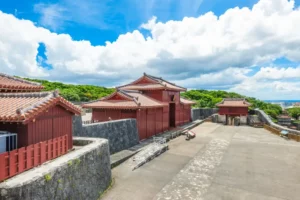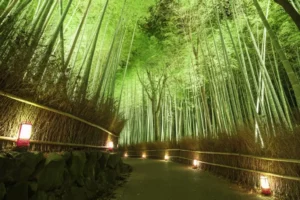Matcha (green tea) has long been more than just a drink in Japan. It has been a key part of daily life and rituals for centuries. However, as the pace of life increases, many people no longer have the time to enjoy this drink in traditional social settings. The time and preparation required for tea ceremonies are simply too much for most. The “matcha cafe” concept is changing this.
They have revived the tradition in a more fun and relaxed setting, especially in urban areas. Today, we’ll take a look at one such establishment – Maccha House. Let’s find out how it, along with other matcha cafes, helps keep the country’s tea culture alive.
Table of Contents
ToggleThe Origins of Maccha House
Matcha may be a Japanese drink, but this brand originated outside of the country. They added the flavor to Western sweets and quickly gained fame. Early visitors praised the fresh idea of layering matcha in creamy desserts. The first branches opened in Singapore, Hong Kong, and Taiwan in 2012. It quickly developed a following in these countries via a very successful social media campaign.
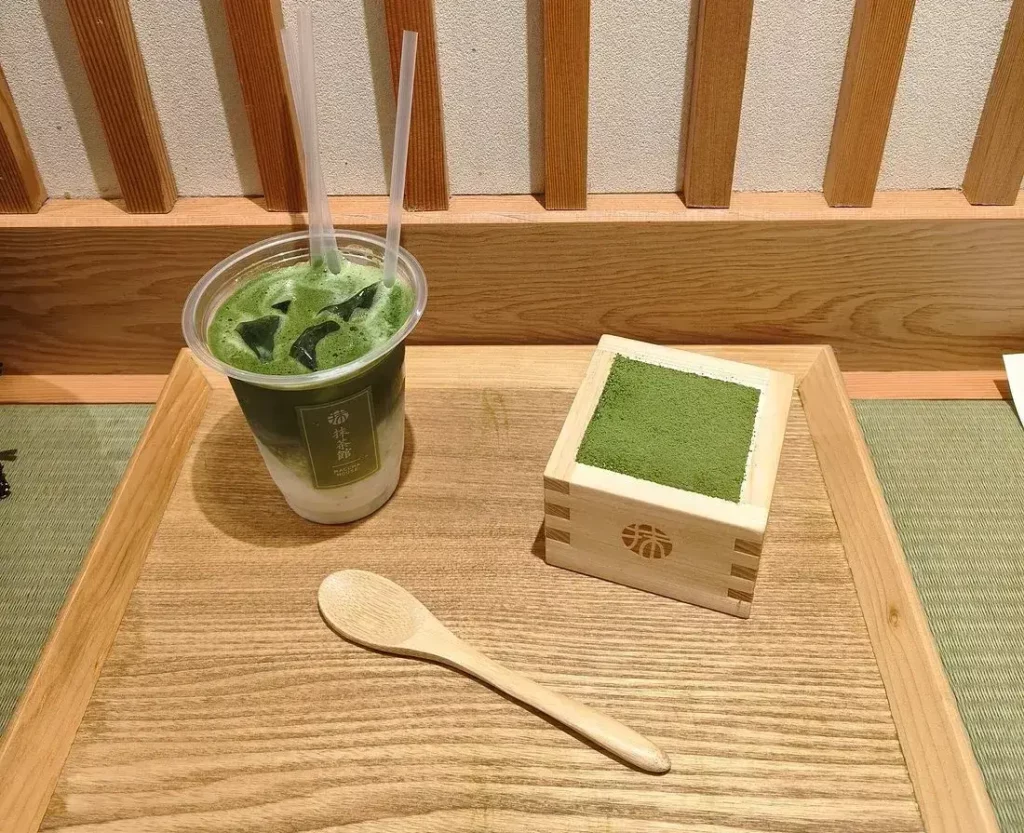
This brand draws on Kyoto’s deep ties to tea production. It partners with Morihan, a tea firm founded in 1836 during the late Edo period. Tea masters from Morihan pick high-grade leaves from Uji fields south of Kyoto. These leaves produce a bright color and intense aroma. The store’s name, Maccha House (“抹茶館”, “tea hall”), is a mixture of traditional tea hall culture and relaxed vibes.
The Kawaramachi Store
The first Maccha House (now the flagship store) in Japan opened in May 2015 in Kyoto’s Kawaramachi district. The busy location, situated near shopping streets and the Kamo River, is a hotspot for both tourists and locals. Customers can enjoy the store’s calm setting after a day of temple visits or strolling along Pontocho Alley. This laid-back atmosphere helps it stand out in a city full of tea options.
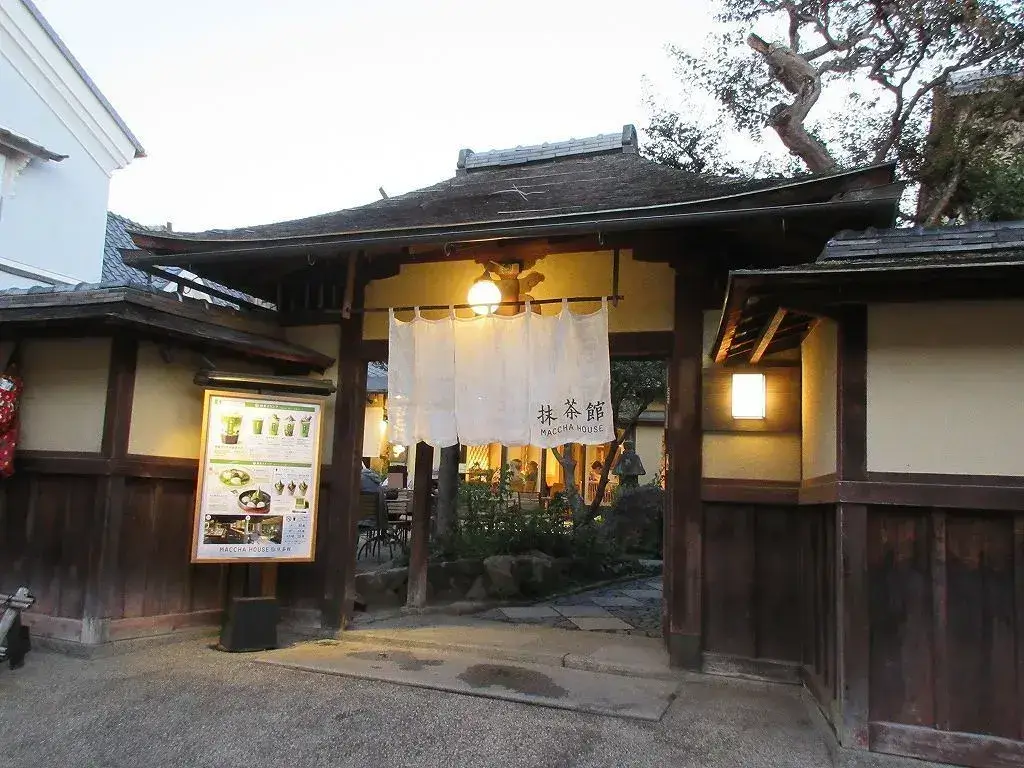
At the Kawaramachi branch, entry lines can be two to three hours long. Orders are taken from guests in the line before they are seated upstairs. The space accommodates approximately 24 people, featuring tatami mats and low tables that create a tea ceremony-like ambiance. There are also quiet corners for reading or chatting.
Are you looking for great snacks and quality tea from unique places in Japan? Check out Sakuraco! Sakuraco delivers traditional Japanese snacks, teas, and sweets from local Japanese makers directly to your door so you can enjoy the latest treats from Japan!
Expansion Within Kyoto
Following the success of the Kawaramachi store, Maccha House expanded to other locations in Kyoto. A second branch opened on July 5, 2018, in Gion Shijo (Sanneizaka), the historic stone-paved street leading to Kiyomizu-dera Temple. This larger location has seating for over 90 customers and is housed in a renovated 80-year-old traditional Japanese building.
Maccha House Branches Outside of Kyoto
Maccha House expanded across Japan soon after its debut in Kyoto and subsequent growth. Each branch adapts its energy and style to fit the local area:
Osaka
This store in Osaka’s Dōtonbori area, also known as Namba Walk, feels cozy and hidden. This 40-seat branch opened in 2017 in the underground mall. It is ideally suited to quick breaks while shopping or dodging rain. Its late hours and easy grab-and-go cups are also a hit with commuters using Nankai Namba Station.
Tokyo
Tokyo got its first taste of this matcha cafe brand in 2024. Harajuku’s MACCHA HOUSE inside the With Harajuku complex is just two minutes from JR Harajuku Station. The second-floor perch is great for people-watching passersby in the trendy streets below.
Signature Offerings at Maccha House
The simple menus focus on high-quality ingredients and creative signature desserts that blend traditional Japanese sweet flavors with international influences. Each uses Morihan’s premium powder for a smooth texture without grit. And the cafe avoids overly sweet mixes to let the tea’s natural earthiness stand out. Drinks range from simple hot lattes to more unique blends, such as iced azuki (red bean) blends.
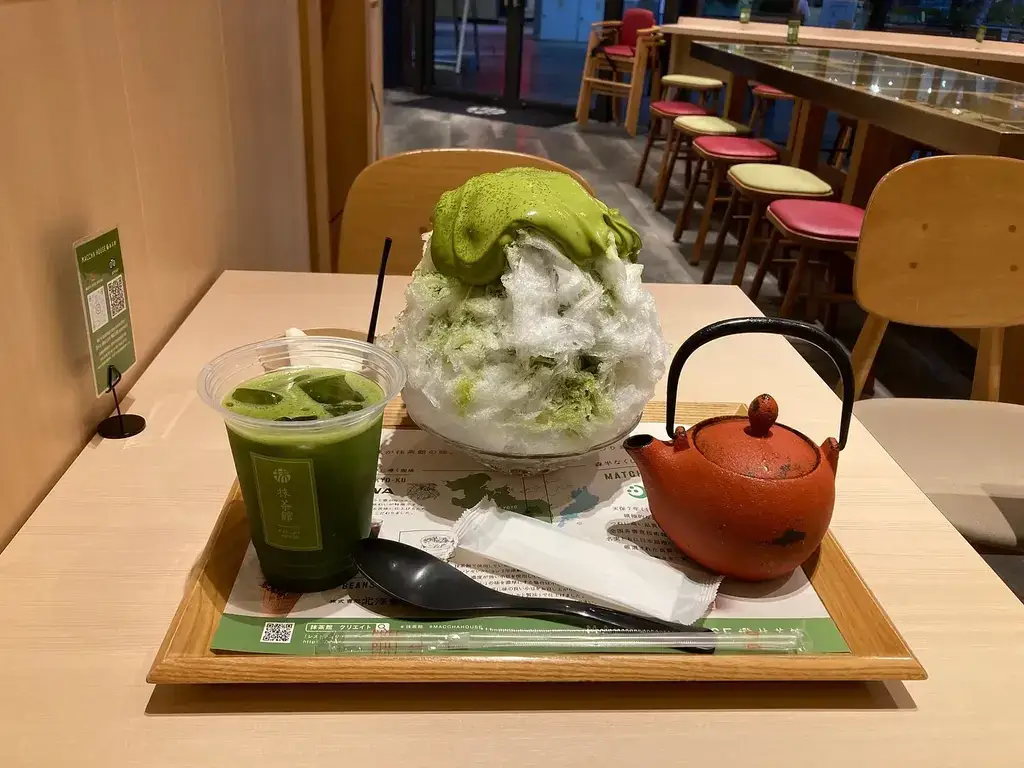
Standout items include the Uji Matcha Tiramisu, a soft square of layered cream and tea-infused sponge cake. This dessert swaps cocoa for green tea dust, giving a grassy flavor to the classic Italian sweet. Other hits are the Maccha House Parfait and thick soft-serve ice cream topped with whipped cream. Seasonal specials, such as green tea foam over shaved ice in the summer, add variety.
Other Popular Matcha Cafes Around Japan
Maccha House is not the only matcha cafe popular for drinks and treats in Japan. Other companies have also added their twist to the concept. In Kyoto, Nakamura Tokichi Honten started in 1854. Their famed Matcha Maruto Parfait combines layers of ice cream, jelly, and beans to create a towering treat. Their main store overlooks a garden near Byodoin Temple. Ippodo Tea’s main store, located near the Imperial Palace, boasts over 300 years of history. Their matcha lattes use house-grown leaves for a clean, savory taste. Gion Tsujiri offers its parfaits in a historic district setting, steps from Yasaka Shrine.
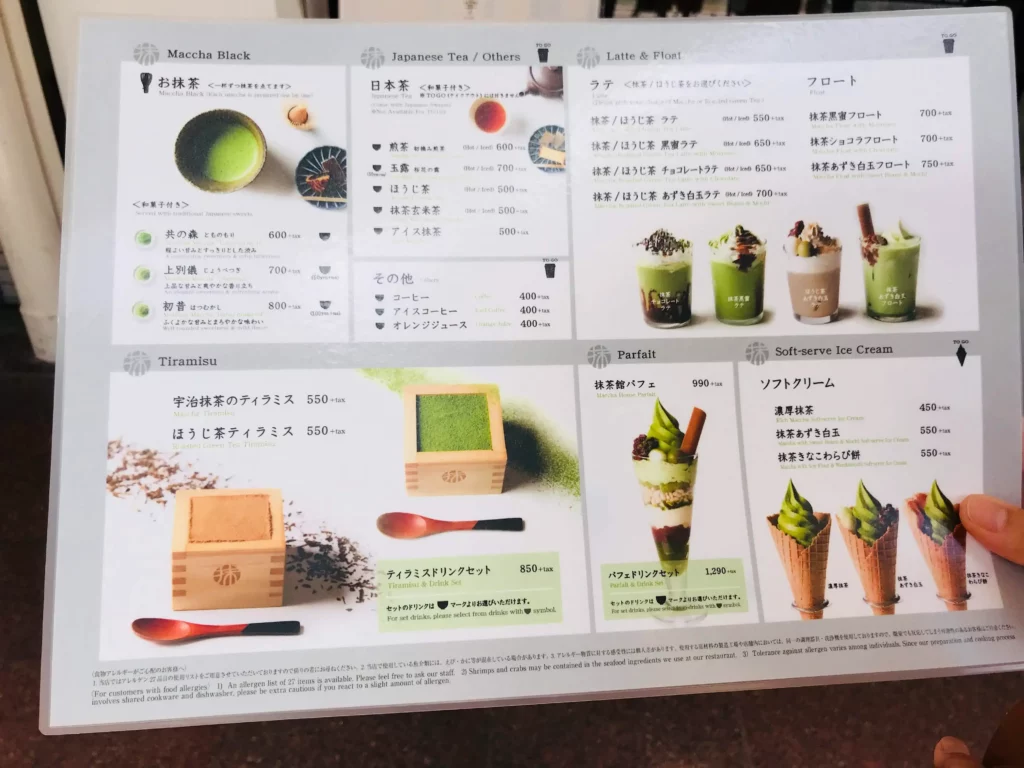
In Osaka, near Shinsaibashi station, Ujien Honten is quite popular for its blended green tea-infused cakes. CAFE Osaka Chakai, located in Tenmangu near Tenjinbashisuji Station, grinds fresh powders from nearby prefectures to create custom lattes. In Tokyo, Ginza’s Atelier Matcha also serves Uji leaves in their minimalist space near Shimbashi Station—and Saryo Suisen in Shibuya Parco layers parfaits with warabi mochi and lattes topped with animal art.
Why is this matcha cafe so successful in Japan?
This brand is successful in Japan due to its distinct flavor and consistently high quality. It utilizes top-shelf Uji tea in all its offerings, regardless of the product or store location. The chain offers a diverse range of offerings, from Edo-era blends to modern parfaits, ensuring that there is something for every taste. The store also pays attention to the atmosphere of its locations to maximize the contrast with the hectic surroundings.
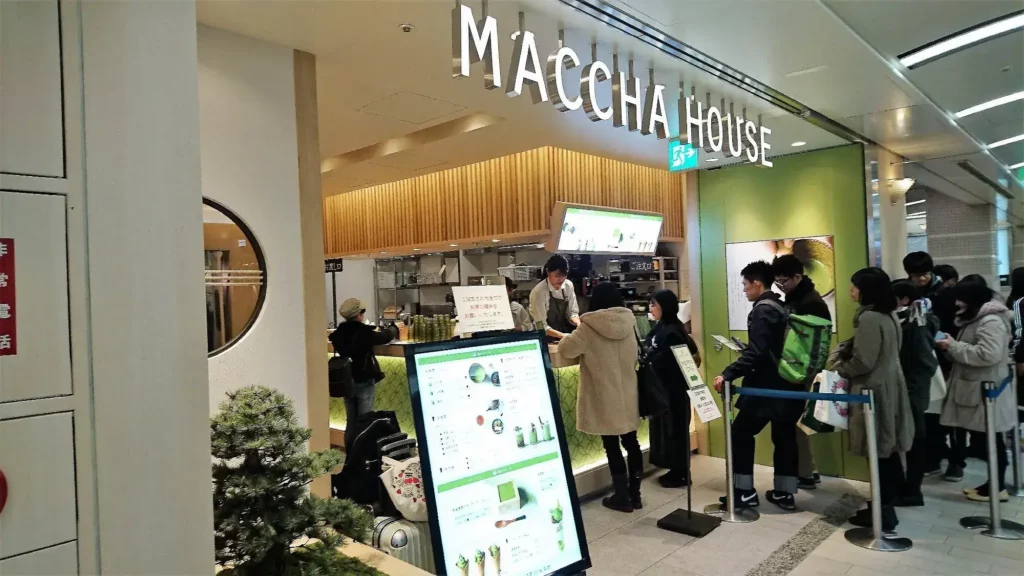
It combines the serene atmosphere of traditional tea rooms with the convenience of Western cafes. The allure of Maccha House and other matcha cafes lies in their ability to blend old ways with new tastes. Have you tried Maccha House’s tiramisu yet? Or found a rival cafe in your travels? Drop a comment and let’s chat about the best green treats!


